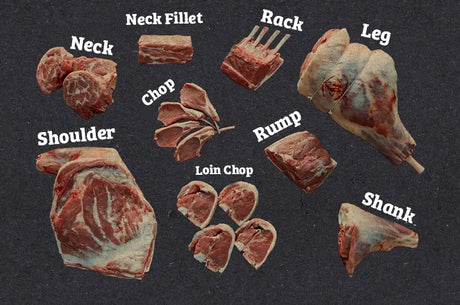
Butcher's Guide: Lamb
We’ve pulled together this guide to help you understand more about the different cuts of Northumbrian Lamb available and what cooking method each cut is best suited to. SHOULDER...

We’ve pulled together this guide to help you understand more about the different cuts of Northumbrian Lamb available and what cooking method each cut is best suited to. SHOULDER...

There are many, many different types and styles of BBQ grills, as well as prices and of course it all depends on what you want to and how proficient a...
Read more